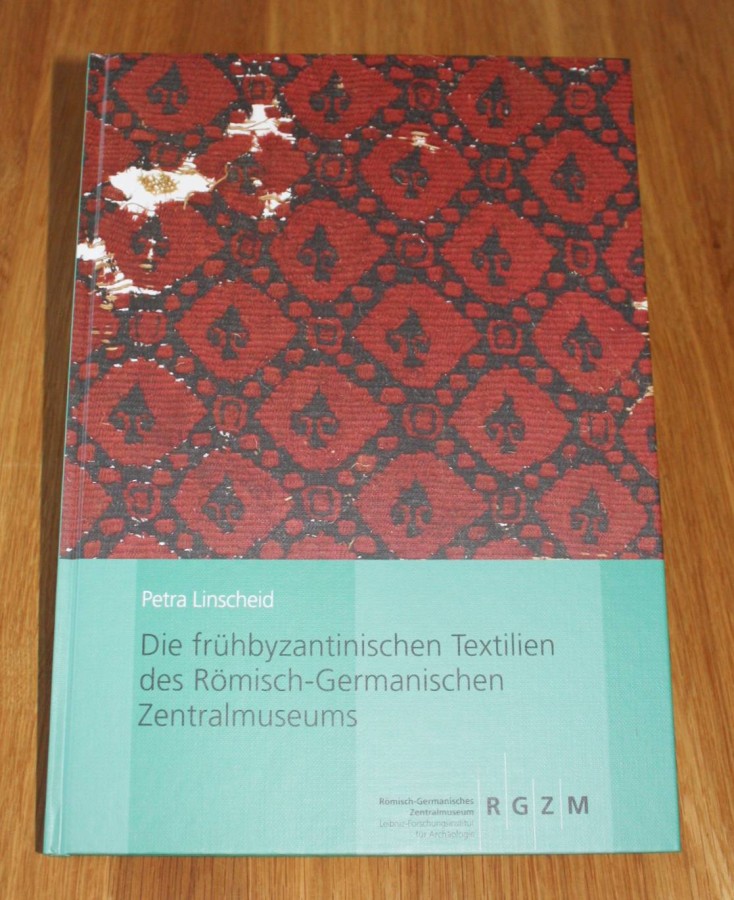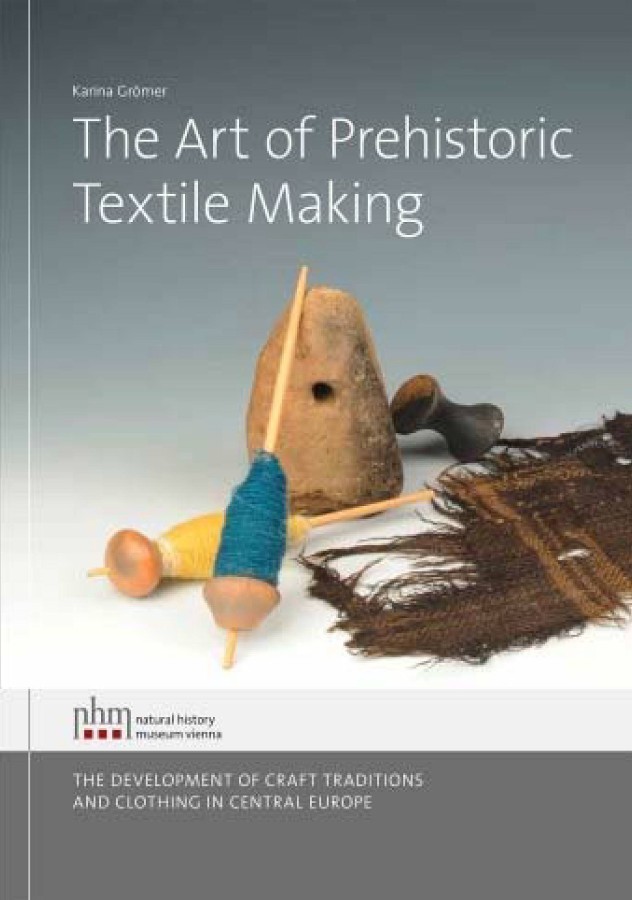Doug is running a blogging archaeology carnival again - asking about the
Grand Challenges of Archaeology, and I promised him an article. So here you go: these are the Grand Challenges to my archaeology.
First, and biggest, challenge for me? Logistics. Since I'm a freelancer, I have limits to how much money and how much time I can spend on a project. Whether that is a reconstruction project, an experiment, or an article, my ressources are limited. When I am really lucky, I get paid to do some research on a specific topic (or at least paid for a reconstruction project so I can cover part of the research time from that payment), but usually, it's on my own time and bank account.
There is, technically, the possibility to apply for grants, but since I've had few positive experiences with grants yet, and it is usually much easier to get them when you have a network based on a Uni, museum, or similar institution, I haven't spent a lot of time on applications recently. It boils down to time again, here - sometimes I have to struggle to keep up with all the absolutely necessary things like sending out orders, keeping the shop pages updated and conforming to the legal shenanigans the EU likes to toss at us, blogging and then doing the work on current projects. With that, I might not have the time or the energy left for much more.
This is just me, however - it's not directly related to archaeological textiles. One of the Great Challenges there, generally, is that there is so little data available. Textiles are very perishable, and conserving, analysing and publishing them is quite expensive (as it takes a really, really long time to microclean an archaeological textile, and analyse it, and thus it is a pricey thing), which means that by far not all textiles that are preserved are actually analysed and published. With finds that are not frequent in the first place, this does seriously cut down on our possibilities - and skews our understanding of how textiles looked, because the things that do get published are obviously the spectacular pieces.
A second Great Challenge? Terminology. This is a veritable quagmire. We have pictures, we have medieval terms, we have (very few) surviving textiles and garments... but we have no possibility, usually, to firmly link one clothing term to a type found or shown in the pictures. In addition, costuming history has traditionally taken specific old terms and uses them to address certain types of clothes or textiles, though this might be misleading, or even wrong. There's a German term, "Sendelbinde", that has been used with the meaning of "hood" or "chaperon", but the term is not medieval - it originates in early costume history, in the 19th century, and was first used to mean a hat band. If you're looking at stitches in sewing, there's so much variation in modern terms (and so much inaccuracy) even within a single language. It gets even worse when you try to translate things. At least this problem can be solved easily, even if it looks a little awkward, by inserting a schematic drawing in the article or paper, showing which stitch is meant by what term. The other problem is harder; for me, I'm solving it by trying to use modern, general terms for specific types of garments.
These are, for me, the biggest issues - a third one is the fact that it is not easy to find all the (small) publications about clothes, garment fragments, or textile finds, as they are typically written in the language of the country they were found in, and often published in small, hard-to-find journals or books with a small print run. But if we could conquer the problem of money and the problem of terminology, so much of textile or garment research would be made easier.





